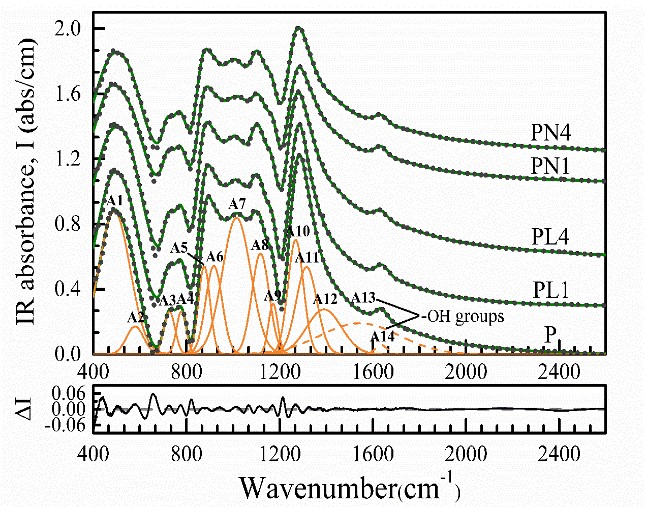Nd-doped phosphate glasses have been used in high energy / high power laser applications due to their low nonlinear refractive index and high stimulated emission cross section. In order to ensure superior properties of laser glasses, the composition of practical laser glasses is complicated. However, the traditional experimental method of composition fine-tuning to improve properties of glass is slow and laborious.
Recently, a research team from Shanghai Institute of Optics and Fine Mechanics, Chinese Academy of Sciences, have made progress in accurate simulation and prediction of the new developing orientation of laser glasses. The study was published in Optical Materials.
In the study of Nd: phosphate laser glass modified by introducing Li2O and Na2O, respectively, a limitation of the composition-properties (C-P) model approach was first discussed, which could not adequately simulate glass property responses. To overcome the C-P mode limitation from the single-component study, composition-structure-property (C-S-P) models were subsequently explored.
The S-P models based on curve-fitting results of the Fourier transform Infra-red (FTIR) spectra had satisfactory predictions, which transformed a problem of a given glass property response to a single (one dimensional) oxide change to a problem of the same property response to multi-directional glass structural changes. The S-P models were associated with the C-S models to establish the C-S-P models.
For the four derived glass compositions, the measured Li2O and Na2O concentrations and measured properties of the four glasses were very close to the C-S-P model predictions within the experimental errors, except for two cases where differences of Tg were significantly large.
In summary, the C-S-P based models can provide a new set of tools identifying important structural units that play key roles in designing new multi-component glasses for unique properties. The C-S-P modeling approach may accelerate compositional design work by building similar models to design/screen structure units of specific glass compositions that can simultaneously meet multiple requirements in terms of performance or processing or both.

Measured and curve-fitting derived IR spectra of P, PL, PN glass samples, and individual bands of P glass according to literature. (Image by SIOM)
Article website:
https://doi.org/10.1016/j.optmat.2020.109778
Contact:
Mr. CAO Yong
General Administrative Office
Shanghai Institute of Optics and Fine Mechanics, CAS
Email: caoyong@siom.ac.cn